Content
Sweet pepper has long been firmly established in the household plots of Russian gardeners, despite its southern origin. It was once believed that in the middle lane, and even more so in the Urals and Siberia, bell peppers can be grown exclusively in greenhouse conditions, and peppers in open-air beds are exclusively the prerogative of the southern regions of Russia. But the emergence of new varieties and the experiments of tireless gardeners allowed many to realize that not everything is as difficult as it seemed at first glance. Nevertheless, beginners usually approach the choice of a suitable variety with great responsibility and caution - I really want to get a good and tasty harvest of such an attractive southern culture as bell peppers the first time.
Pepper California miracle can, without any doubt, be advised both for beginners and professionals. It is not for nothing that this variety has enjoyed such popularity for many decades both in our country and throughout the world. It looks like it has absorbed all the virtues of most varieties of sweet peppers, but there are practically no flaws in it. The characteristics of the fruits and the description of the California miracle pepper variety, discussed in this article, will help doubters finally make their choice, and for beginners - to grow a decent harvest.
Description of the variety
Among professionals, and even among many summer residents, the opinion is widespread that bell pepper fruits of really high quality in size and taste can only be obtained by growing hybrids. Varieties can be used for blanks, but in terms of their main characteristics, they are significantly inferior to hybrids. The only exception can be some new varieties, the properties of which are close to the characteristics of hybrids.
It seems that the California Miracle pepper variety is an exception here. After all, this variety has been known in the world and in Russia for a very long time. It is believed that it was bred in America about a hundred years ago and came to our country through amateur gardeners who began to grow it on their plots and distribute it throughout the country. Today, almost every self-respecting seed company offers California Miracle pepper seeds with their own variations. Even the variety names may vary slightly. It is sometimes called the Miracle of California, or even in the English manner - California Wonder.
Be that as it may, this variety of pepper, even in Russia, has been grown for many decades, and you cannot call it new. Nevertheless, in many of its characteristics, it may well create competition for most hybrids, and from the point of view of unpretentiousness in growing, even surpass them.
Judge for yourself - the bushes of this pepper grow powerful, with thick trunks, with good foliage and elastic shoots, which can hold up to one and a half dozen large full-fledged fruits at the same time. Despite the fact that the bushes can reach a height of 100 cm, they do not need a garter.
Experience in the cultivation of pepper The California miracle in many regions of Russia and reviews of it indicate that almost everywhere, except for the northernmost regions, it can well be grown in open ground. Although, of course, in greenhouses and hotbeds, its yield will be slightly higher.
The ripening times that characterize the California Miracle pepper are medium.That is, it takes about 115-120 days for the fruits to ripen from the moment the full shoots appear. True, it should be noted that by this time the peppers become quite edible and even tasty, but their color is still green. In order for them to turn a rich red, yellow or orange color, it takes another 15-25 days. This is where one of the features and possible disadvantages of this variety lies - in order for the full biological ripeness to come, it needs a little more time than many other varieties.
But to get seeds from your peppers for sowing next year, you need to wait for the biological maturity of the fruits. For these purposes, as a rule, the most powerful and productive bush is chosen and several of the largest fruits are left to ripen on it.
However, you can act differently. Just harvest at the stage of technical maturity and put on ripening. After a few weeks, all peppers will acquire the color shade they should be given for their biological properties, and the seeds from them will be suitable for sowing.
Plants of the California miracle are particularly stress-resistant and endure many weather adversities - lack of sun and lighting, low temperatures, and others. This, of course, will affect the harvest, but the fruits will still be tied up and will still be juicy and sweet.
The cultivar is also resistant to a variety of diseases, such as verticillium wilt and tobacco mosaic virus. It is the resistance to disease, apparently, that allowed this variety to exist for so many years, changing little and traveling around the globe.
Multicolored peppers family
Traditionally, peppers of the California Miracle variety turn red in the biological maturation stage. But time does not stand still, and along with the fashion for multi-colored peppers, varieties of the California miracle of other colors appeared: yellow, golden, orange and even black.
The California miracle yellow pepper has been cultivated for quite some time, and differs from its red counterpart only in thicker fruit walls (up to 12 mm), while other colored varieties appeared later.
All these colorful representatives of the California miracle pepper do not differ from each other except in color. All the most significant characteristics, including the ripening time and yield, are identical for them.
Fruit characteristics
The fruits of the California miracle peppers fully justify the name of the variety with their appearance.
- Peppers have a fairly common cuboid shape with well-defined four ribs.
- The surface of the fruit is shiny and smooth.
- The color of the peppers, as already mentioned, at the stage of biological maturity can be red, yellow, gold, orange or black, depending on the variety of the variety.
- The wall thickness also increases with the maturity of the pepper. And if at the stage of technical maturity it is about 5-6 mm, then after full staining it can reach 10 or even 12 mm.
-
The size of the peppers is quite average, the fruits do not pull the record size. The average weight of one fruit is from 90 to 140 grams.
- But the taste of the fruit remains practically unsurpassed: sweet and juicy peppers are already at the stage of technical maturity, let alone the time when they fully ripen. In terms of sugar content, according to laboratory studies, they exceed most of the known varieties and hybrids of sweet peppers.They have a specific peppery aroma and freshness, thanks to which it is ideal to eat them fresh. However, the California miracle peppers will decorate any preparations, and will be good in a variety of culinary dishes.
- The preservation of the fruits is also at a high level, which allows them to be used for agricultural production. Peppers of this variety also tolerate transportation well.
Growing features
Pepper seeds California miracle germinate quite amicably, even without the use of additional treatments in growth stimulants. The germination rate of fresh seeds is quite high, reaching 96-98%. It is only necessary to take into account one feature - the seeds of peppers of this particular variety can quickly lose their germination, so it is advisable to sow them within one to two years after collection in order to get the best result.
If you are interested in collecting your own seeds, then it is better to sow seeds for seedlings in advance, no later than February, so that the fruits have time to fully ripen in any summer.
You can sow in common containers and in separate peat tablets and pots.
Pepper, in general, is not very supportive of picking and transplanting, but if you rarely sow and carefully transfer plants with a small clod of earth, then such a procedure can be carried out even several times during the growth of seedlings without much damage to it.
Be careful with watering in the first month of development, especially if you keep the seedlings relatively cool. But light in the first weeks of development must be provided to the pepper plants to the maximum. Additional lighting must be turned on so that the daylight hours are at least 12 hours. After the seedlings have 2-4 true leaves, they can be fed for the first time.
Approximately 2 weeks before the expected time for planting pepper seedlings to a permanent place, you need to start hardening it. To do this, on warm sunny days, the seedlings are taken out to the balcony or outside and stay there, ranging from 15-20 minutes to several hours.
On the ridges, the California miracle pepper plants are planted according to the 40x40 cm scheme. Since, as the pepper grows and develops, the most needs in uniform watering, you can build a drip irrigation system for it. It is especially important not to forget about watering on hot days.
The California miracle variety reacts equally well to both organic feeding and the use of mineral fertilizers. So you can use whatever you like best. Feed for the entire growing season must be at least three times.
Subject to the basic rules of agricultural technology, additional treatments against pests and diseases are usually not required.
Reviews of gardeners
Reviews of the sweet pepper variety California miracle are not just a lot, but a lot, and every gardener is in a hurry to show his admiration for this variety. Rarely do the dissatisfied happen. And this happens either from the size of the fruits that do not meet expectations, or from insufficient productivity when grown in not quite suitable conditions.
Conclusion
Here is such a wonderful variety of sweet pepper - the California miracle. It is an infrequent case when the variety name fully justifies its meaning. After all, growing tasty, fruitful and beautiful peppers without much hassle in the open field in areas of risky farming is truly a real miracle. It is not for nothing that this variety is one of the three most popular sweet peppers in the world.
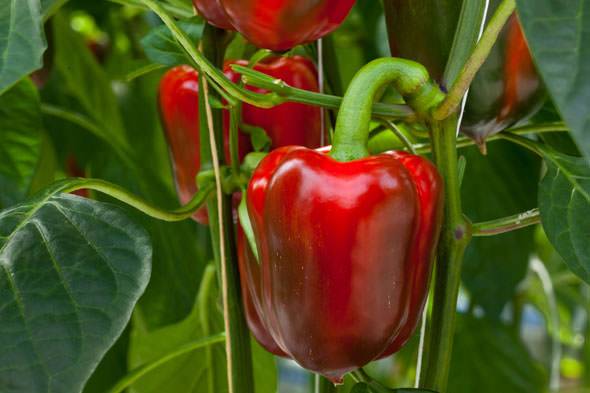
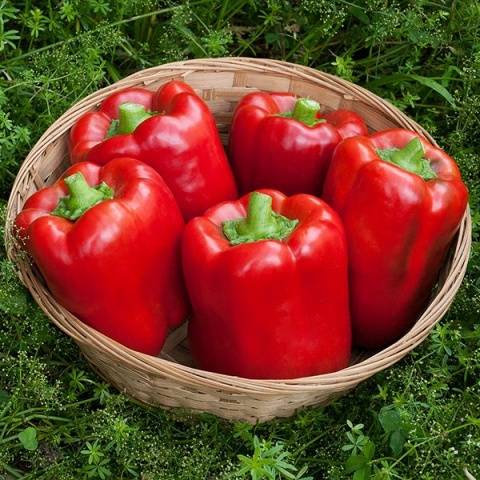
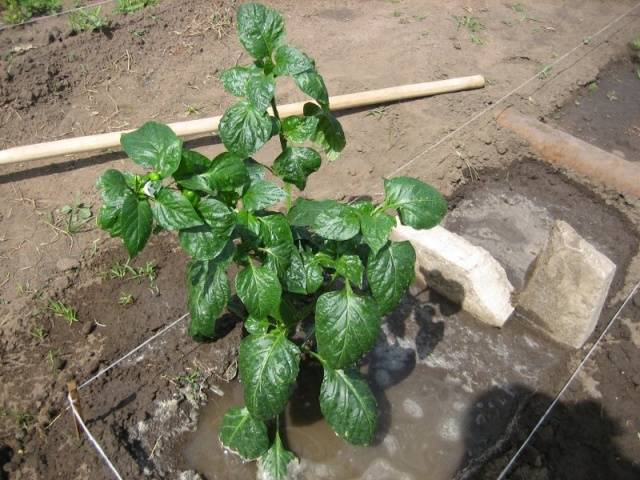
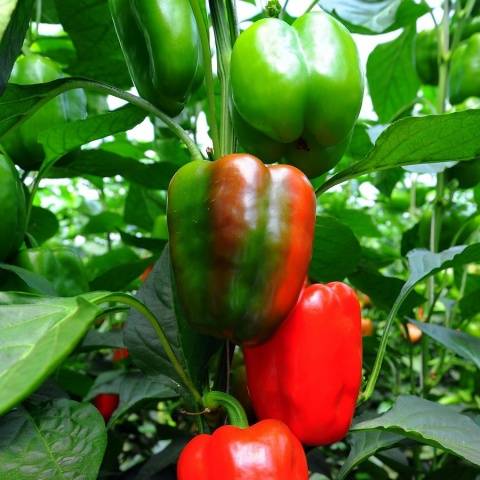

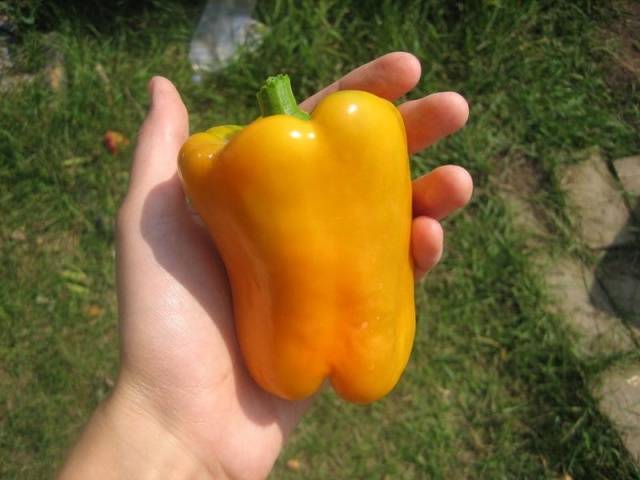
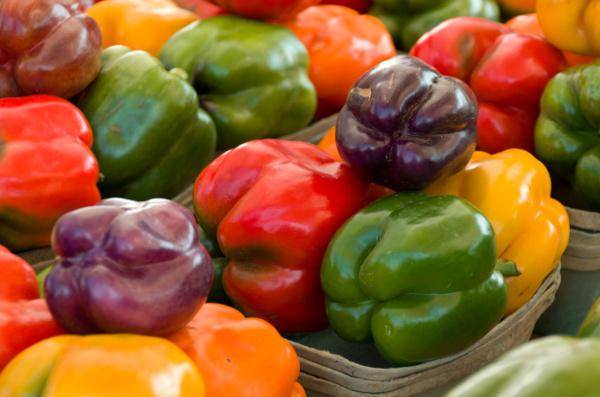


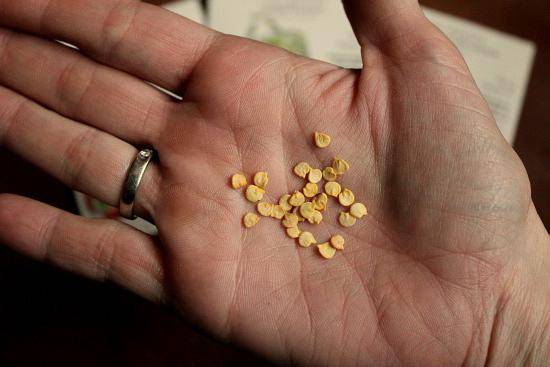

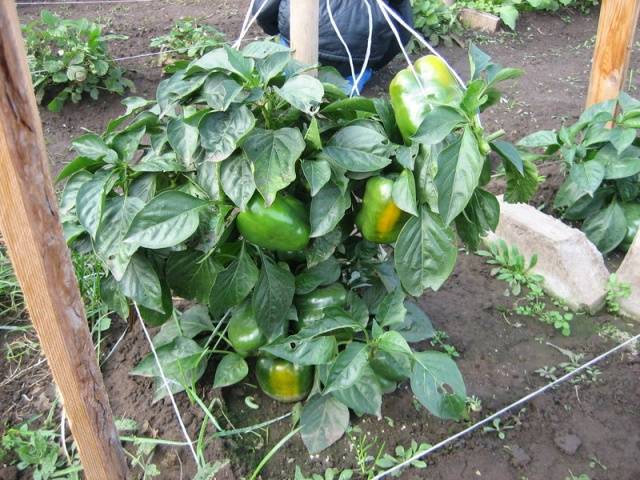









I live in Siberia. The California miracle has been grown for many years, in the open field, really 140g. , but in the greenhouse 200-250g. Nothing special for the wire / in the sense of dressing / only when planting in the hole I add phosphoric potash fertilizer and after planting they fall asleep with humus, which is like earth, and for more moisture retention I put hay or straw / hay more like it, it is softer, it is tender pepper, it turns out neater. And the fruits do not touch the ground. In the article / does not require a garter / it is not even in the open. gr. requires a garter, under the weight of the fruit, the Californian falls, twisting the root. I'm happy with the pepper. Please note that I do not indulge in feeding, but with feeding, the harvest will probably be even better than me. Try it, experiment.